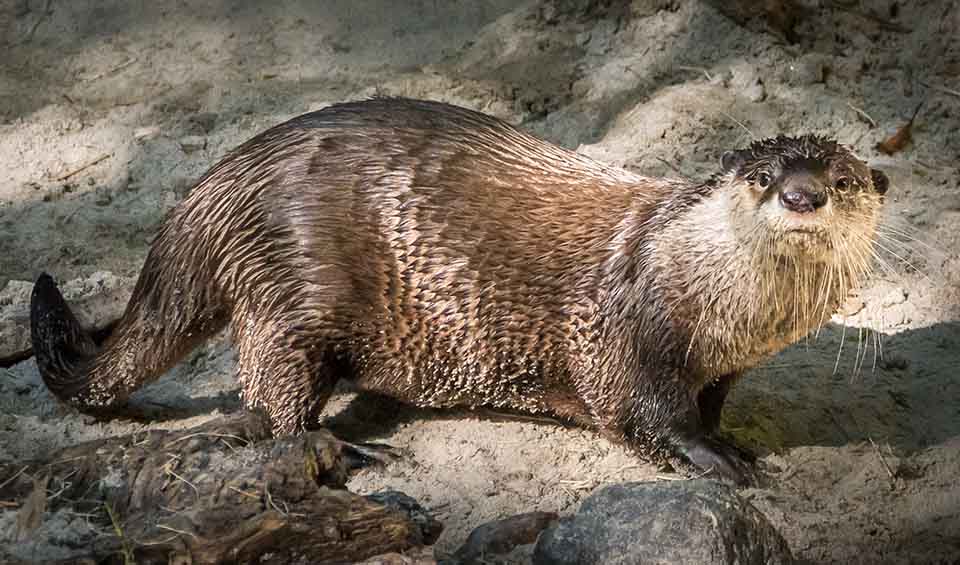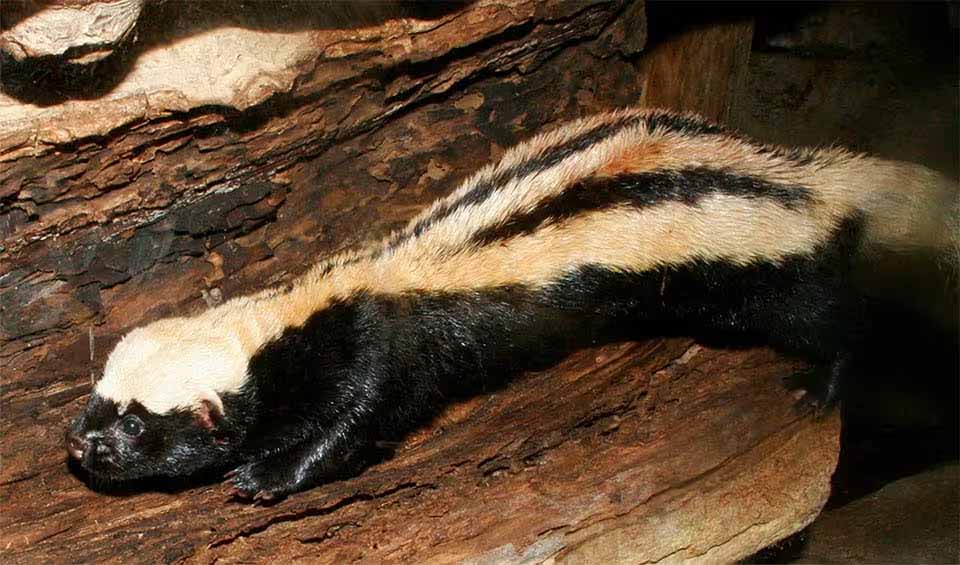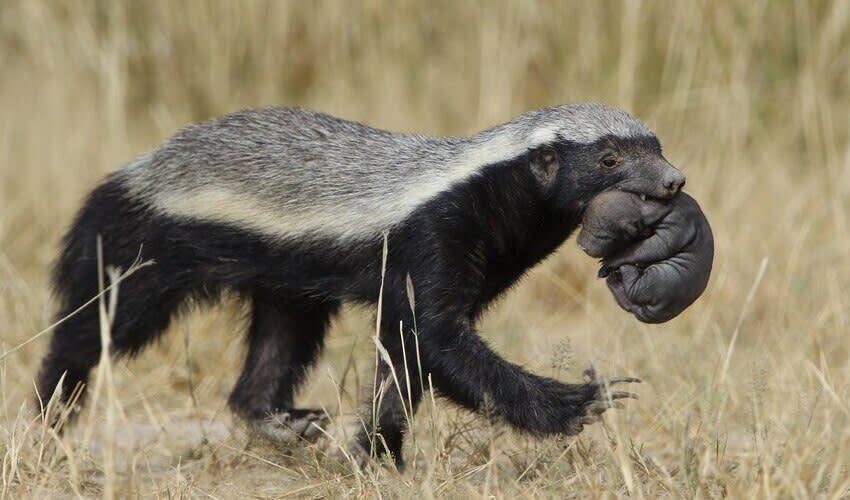Mustelidae – Mustelids
Weasels, badgers, otters, wolverines, and their allies.
This family is not only the largest within Carnivora but also among the most diverse in terms of species and ecological niches. Mustelids have spread across virtually every continent, inhabiting a wide range of environments from dense forests and wetlands to arid deserts. This adaptability and diversification result from millions of years of evolutionary history, during which mustelids have honed their skills as predators, swimmers, climbers, and diggers.
Physically, mustelids are characterized by their elongated bodies and short legs, which aid in their predatory lifestyle by allowing them to pursue prey in burrows or through dense underbrush. Many mustelids also boast the thickest and most luxurious fur among mammals, a trait that has unfortunately made them targets for hunters and the fur trade.
In terms of behavior, mustelids exhibit a wide range of feeding and social habits. Species like the wolverine embody the fierce, solitary predator archetype, capable of taking down prey much larger than themselves. On the other hand, otters, which have become popular as exotic pets in some cultures, showcase the more playful and sociable side of mustelids, often seen engaging in social activities and utilizing tools to access food.
Despite their adaptability and resilience, mustelids face significant conservation challenges. Approximately 40% of mustelid species are considered highly threatened, primarily due to habitat destruction and hunting pressures. The black-footed ferret once considered extinct in the wild, has become a symbol of conservation success and the fragility of mustelid populations. Through intensive conservation efforts, including habitat preservation, captive breeding, and reintroduction programs, the black-footed ferret is slowly making a comeback, serving as a testament to what can be achieved with dedicated conservation action.
Genera in this family
Guloninae – Martens
The pelts of these species were used as currency in the middle ages
Widespread in tropical and subtropical forests in Central and South America
Wolverine was once observed defeating a polar bear!
Despite their name, they rarely eat fish; instead, their primary prey is porcupines and snowshoe hares
Mustelinae – Weasels
In Greek culture, Mustela is a sign of bad luck as it was thought to be an unhappy bride
Despite their small size, these carnivores are apex hunters of the undergrowth
Lutrinae – Otters
Exclusively found in the Americas, these creatures are a sight to behold!
Inhabit water bodies in sub-Saharan Africa’s savannahs
Found in Asia and Europe, these freshwater otters are endangered and nearing extinction
They can sleep in the sea by lying on their backs and floating on the surface of the water
Can even pursue fish in tight underwater spirals, twisting and turning with remarkable precision
Don’t be fooled by their harmless appearances; they can hunt caiman, piranhas, and anacondas in the wild!
Ictonychinae – Striped polecats
These mustelids have a snake-like movement pattern when cautious
Equipped with 34 razor-sharp teeth that are excellent for shearing flesh
A skunk mimic, besides a similar appearance, also releases smelly fluid from its anal gland when they feel threatened
Delayed implantation enables them to time the birth for favorable conditions, such as when foods are abundant
Melinae – Eurasian badgers
Home to some of the few species that can eat hedgehogs due to their long claws and thick skin
These animals are tough to study due to their anatomy; closely related to true badgers Meles
Mellivorinae
Well known for their ferocity, these fearless little creatures are always ready to take on an entire pride of lions
Taxidiinae
They are almost blind, but they have a perfect sense of smell and hearing to make up for that
Helictidinae – Ferret-badgers
They look like a mix of a ferret and a raccoon






















